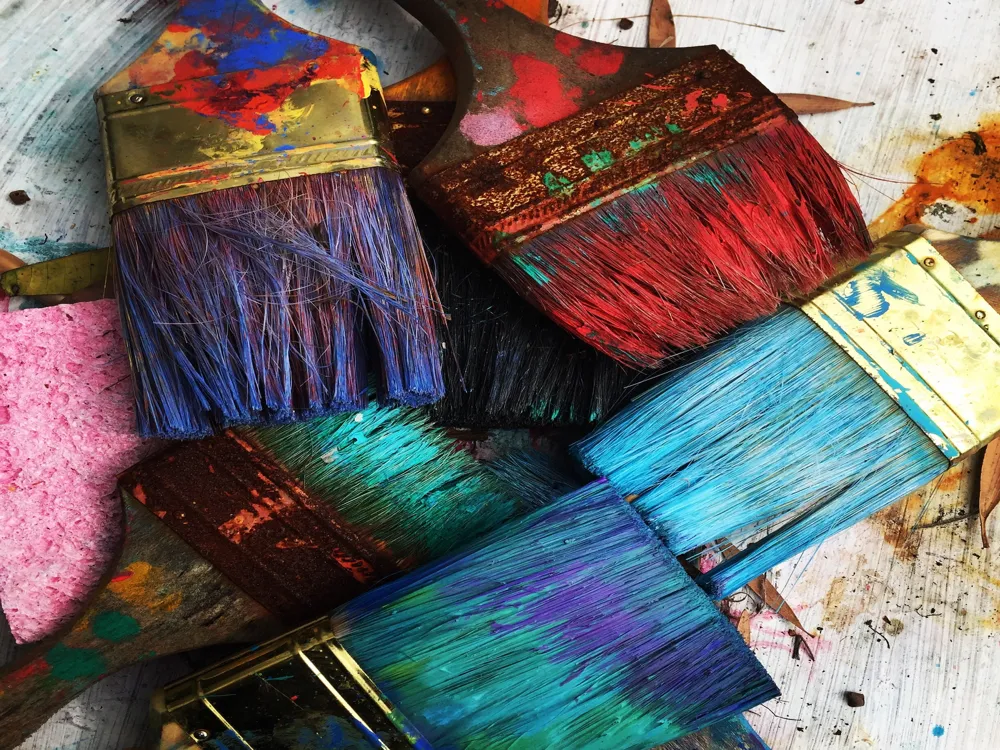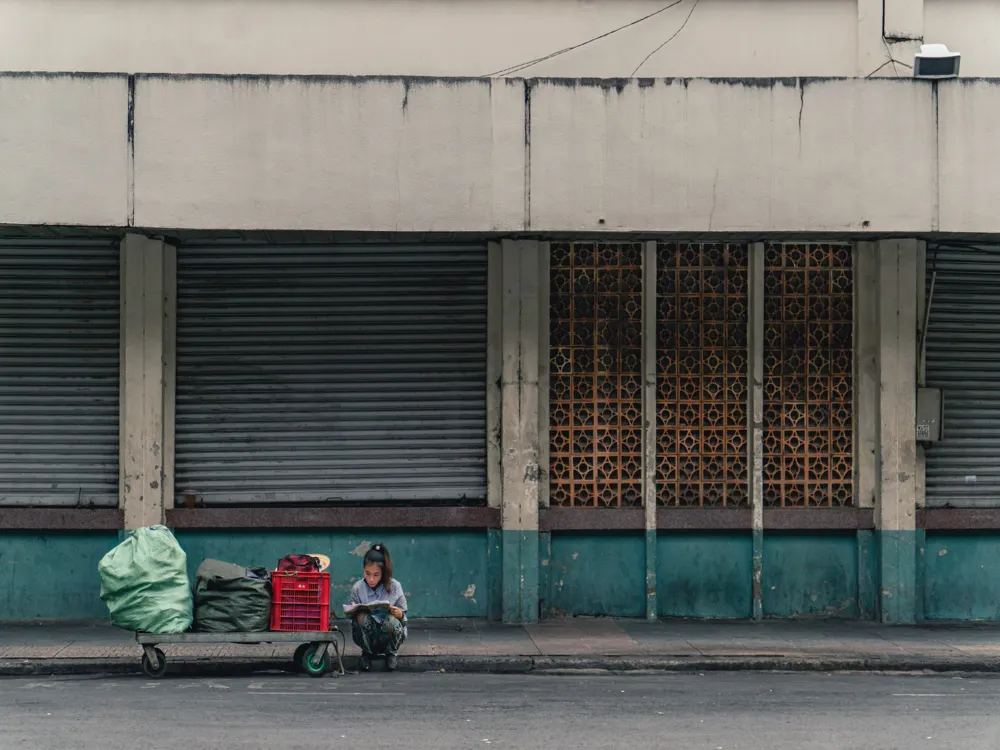Nestled in the bustling heart of Ho Chi Minh City, Phuoc An Hoi Quan Pagoda stands as a testament to the rich cultural and spiritual heritage of Vietnam. This revered pagoda, also known as Chua Phuoc An, is not just a place of worship but a symbol of the enduring connection between tradition and modernity in Vietnamese society. As you step through its gates, you are transported into a realm where time seems to stand still, amidst the rapid urbanization of the surrounding city. The history of Phuoc An Hoi Quan Pagoda dates back to the 19th century, making it one of the most historic temples in the city. Originally established by the Chinese community, particularly those from Fujian province, this pagoda serves as a shining example of the integration of Chinese architectural styles with Vietnamese religious practices. Over the years, it has become a melting pot of cultures, attracting not only the local Vietnamese but also people from various ethnic backgrounds, reflecting the diverse tapestry of Ho Chi Minh City. The architecture of Phuoc An Hoi Quan Pagoda is a fascinating blend of Vietnamese and Chinese influences, creating a unique aesthetic that is both intricate and awe-inspiring. The pagoda's design reflects the typical structure of a traditional Chinese temple, yet it is imbued with distinct Vietnamese elements. The roof is adorned with elaborate ceramic sculptures depicting dragons, phoenixes, and other mythical creatures, symbolizing power, nobility, and good fortune. As you walk through the pagoda, you'll notice the extensive use of wood and stone, materials that have been carefully selected and crafted to withstand the test of time. The main hall, a masterpiece of craftsmanship, features intricate carvings and exquisite artworks that tell stories from Buddhist and Taoist mythology. The use of vibrant colors, particularly red and gold, is prominent throughout the pagoda, representing prosperity and happiness. The fusion of these elements creates a harmonious and tranquil atmosphere, inviting visitors to reflect and find peace within its sacred walls. One of the most striking features of Phuoc An Hoi Quan Pagoda is its altar, a magnificent display of artistic and spiritual expression. The altar is dedicated to Quan Cong, a revered figure in Chinese folklore known for his loyalty and righteousness. Surrounding the altar are various statues and offerings, each with its own significance and purpose. The intricate details of these statues, from their facial expressions to their ornate attire, are a testament to the skill and devotion of the artisans who created them. When visiting the Phuoc An Hoi Quan Pagoda, it is important to dress modestly out of respect for the religious and cultural significance of the site. Avoid wearing revealing clothing and opt for attire that covers your shoulders and knees. This not only shows respect for the temple's customs but also enhances your experience by aligning you with the local traditions. While photography is generally allowed, it's crucial to be mindful of your surroundings and the people worshipping. Always ask for permission before taking photos of monks or worshippers. Avoid using flash photography inside the temple as it can be disruptive. Remember, the pagoda is a place of worship, and maintaining a respectful demeanor is paramount. Take the time to understand and appreciate the cultural norms and practices within the pagoda. This may include observing how locals pray, understanding the significance of offerings, or learning about the pagoda's history and deities. Engaging with the culture not only enriches your visit but also fosters a deeper appreciation for the local traditions and beliefs. Reaching Phuoc An Hoi Quan Pagoda in Ho Chi Minh City is relatively straightforward, thanks to the city's well-connected transportation network. The most convenient way for tourists to reach the pagoda is by taxi or ride-sharing services like Grab. These options offer the comfort and ease of direct transportation to the temple's entrance. For those seeking a more local experience, public buses are available, though they may require a bit of navigation and a basic understanding of Vietnamese. Alternatively, for the more adventurous, renting a scooter or bicycle offers a unique way to explore the city and visit the pagoda at your own pace. Regardless of your mode of transportation, visiting Phuoc An Hoi Quan Pagoda is a journey that promises both spiritual enlightenment and a deeper connection with the vibrant culture of Ho Chi Minh City. Read MoreOverview of Phuoc An Hoi Quan Pagoda in Ho Chi Minh City
Architecture of Phuoc An Hoi Quan Pagoda
Tips When Visiting Phuoc An Hoi Quan Pagoda
Dress Appropriately
Photography Etiquette
Understanding Cultural Norms
How To Reach Phuoc An Hoi Quan Pagoda
Phuoc An Hoi Quan Pagoda
Ho Chi Minh City
₹ 17,501 onwards
View ho-chi-minh-city Packages
Weather :
Tags : Buddhist Temple
Timings : 7:00 AM - 5:00 PM
Time Required : 30 minutes - 1 hour
Entry Fee : No Entry Fee
Planning a Trip? Ask Your Question
Ho-chi-minh-city Travel Packages
View All Packages For Ho-chi-minh-city
Top Hotel Collections for Ho-chi-minh-city

Private Pool

Luxury Hotels

5-Star Hotels

Pet Friendly
Top Hotels Near Ho-chi-minh-city
Other Top Ranking Places In Ho-chi-minh-city
View All Places To Visit In ho-chi-minh-city
View ho-chi-minh-city Packages
Weather :
Tags : Buddhist Temple
Timings : 7:00 AM - 5:00 PM
Time Required : 30 minutes - 1 hour
Entry Fee : No Entry Fee
Planning a Trip? Ask Your Question
Ho-chi-minh-city Travel Packages
View All Packages For Ho-chi-minh-city
Top Hotel Collections for Ho-chi-minh-city

Private Pool

Luxury Hotels

5-Star Hotels

Pet Friendly






















